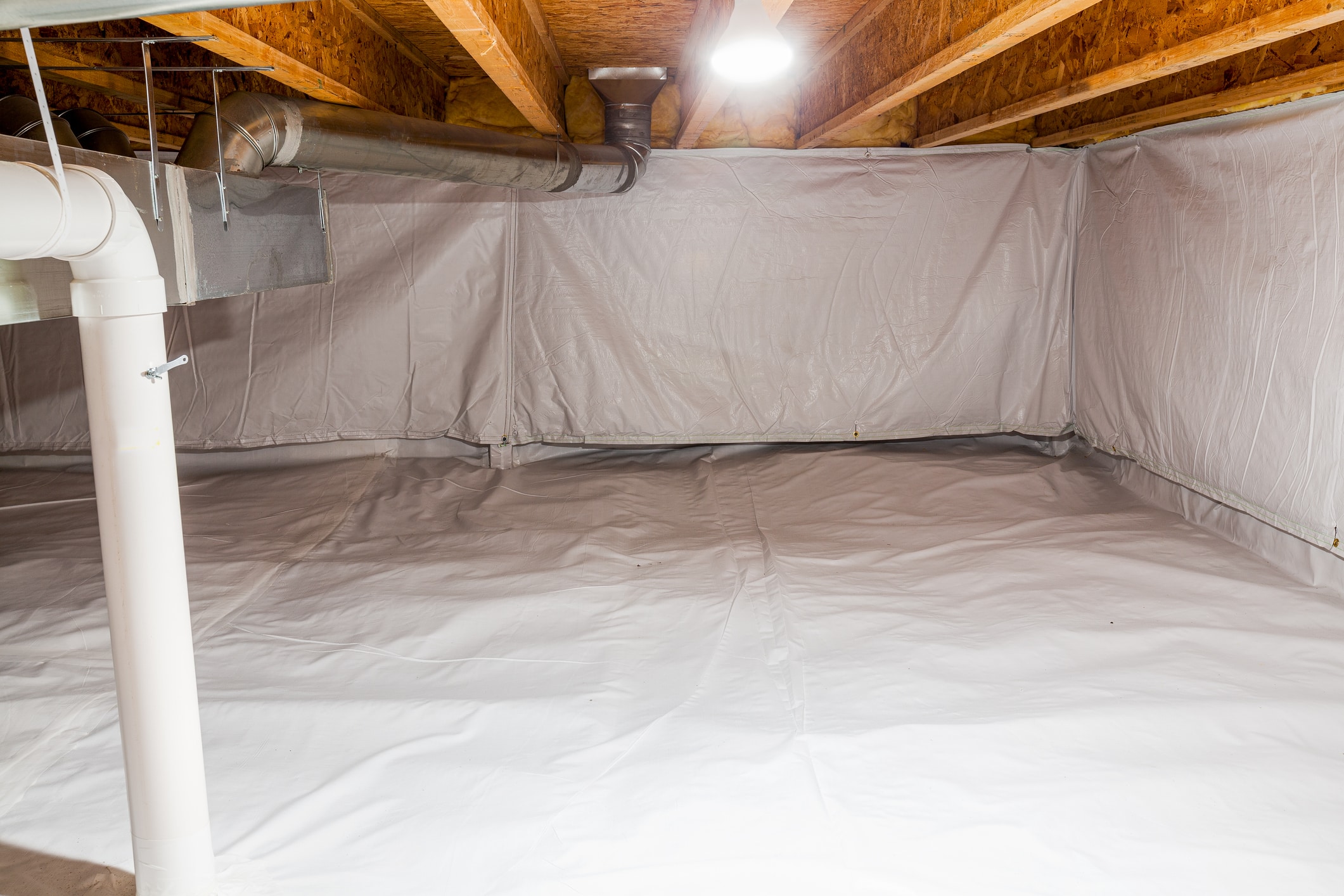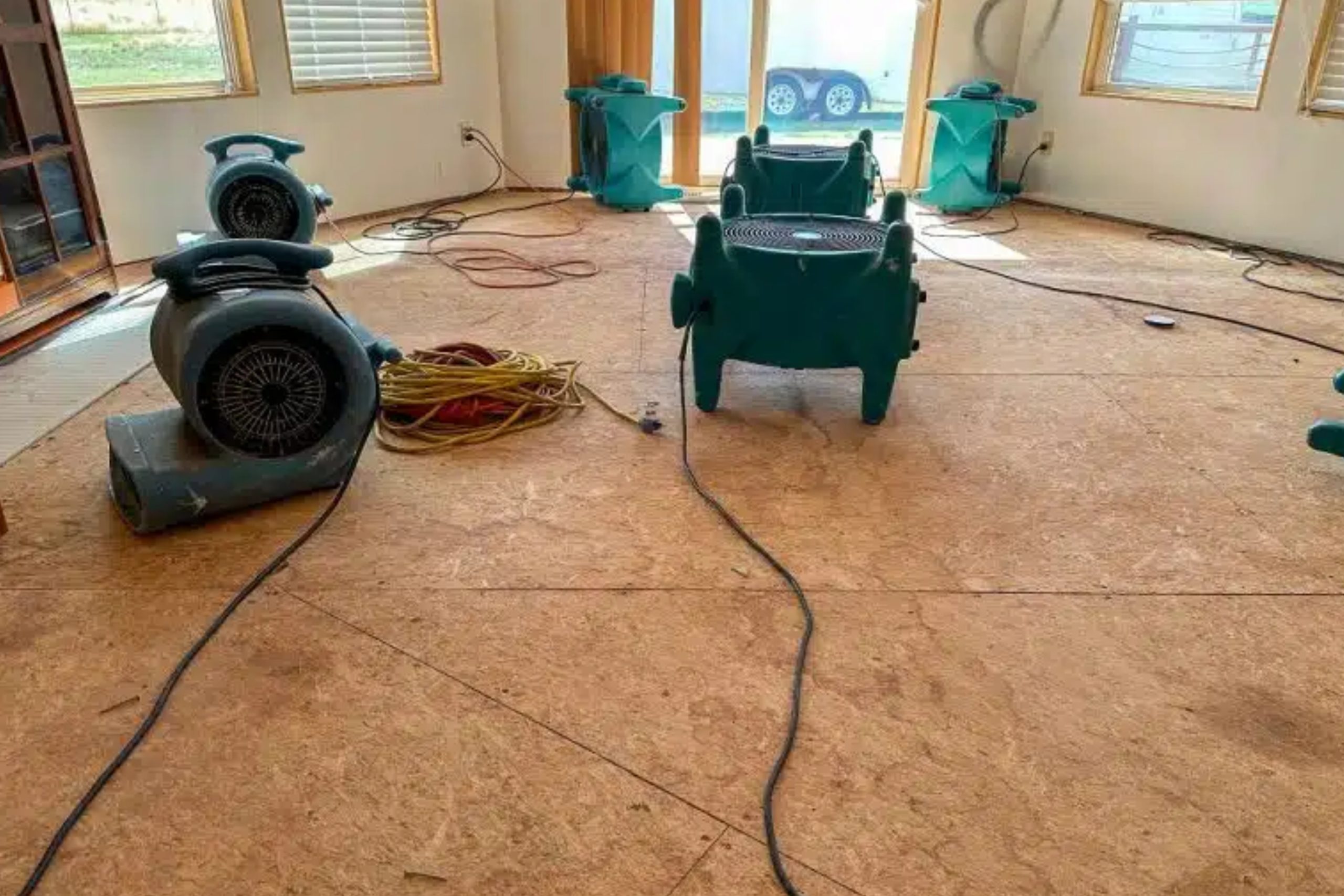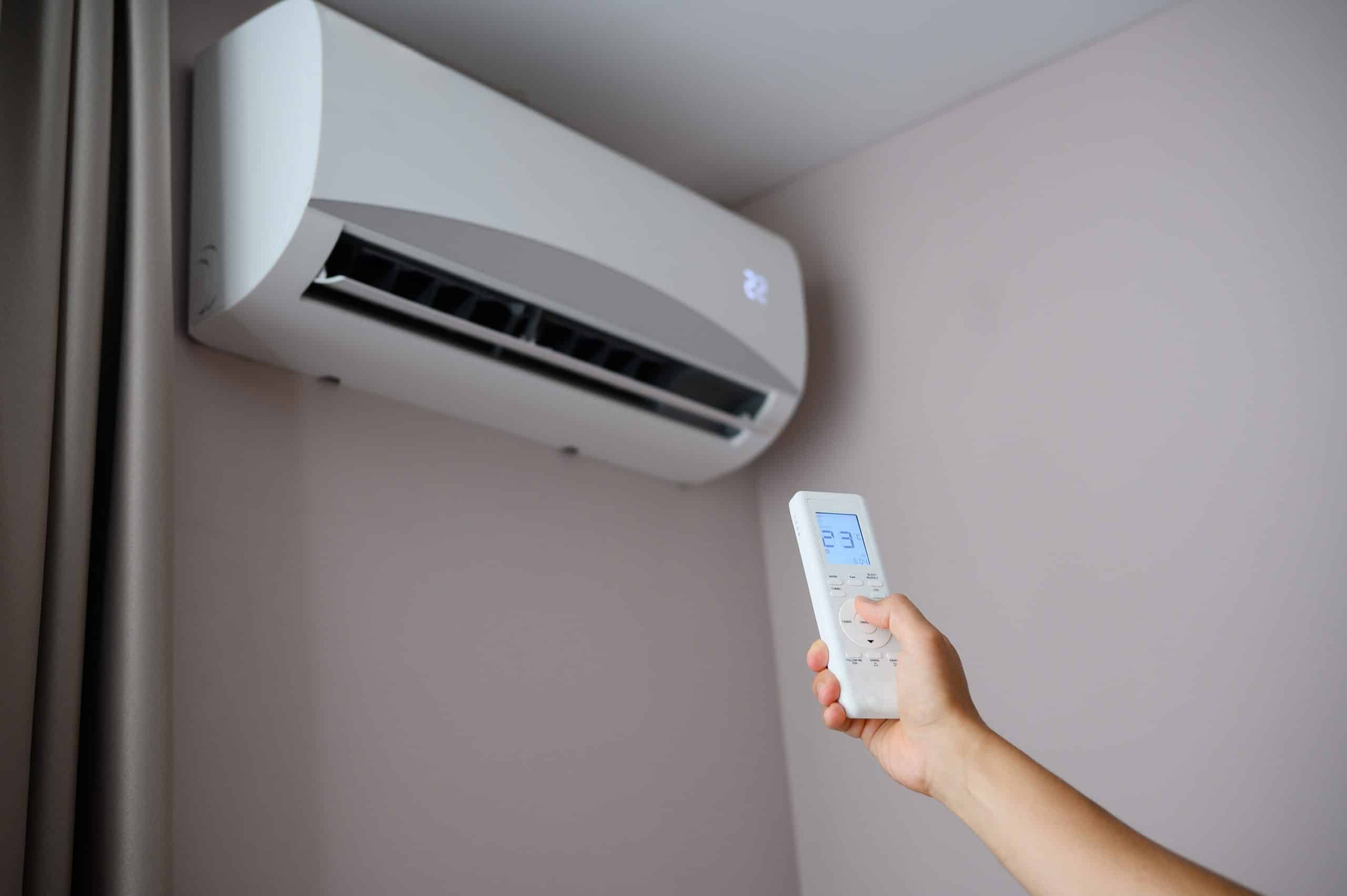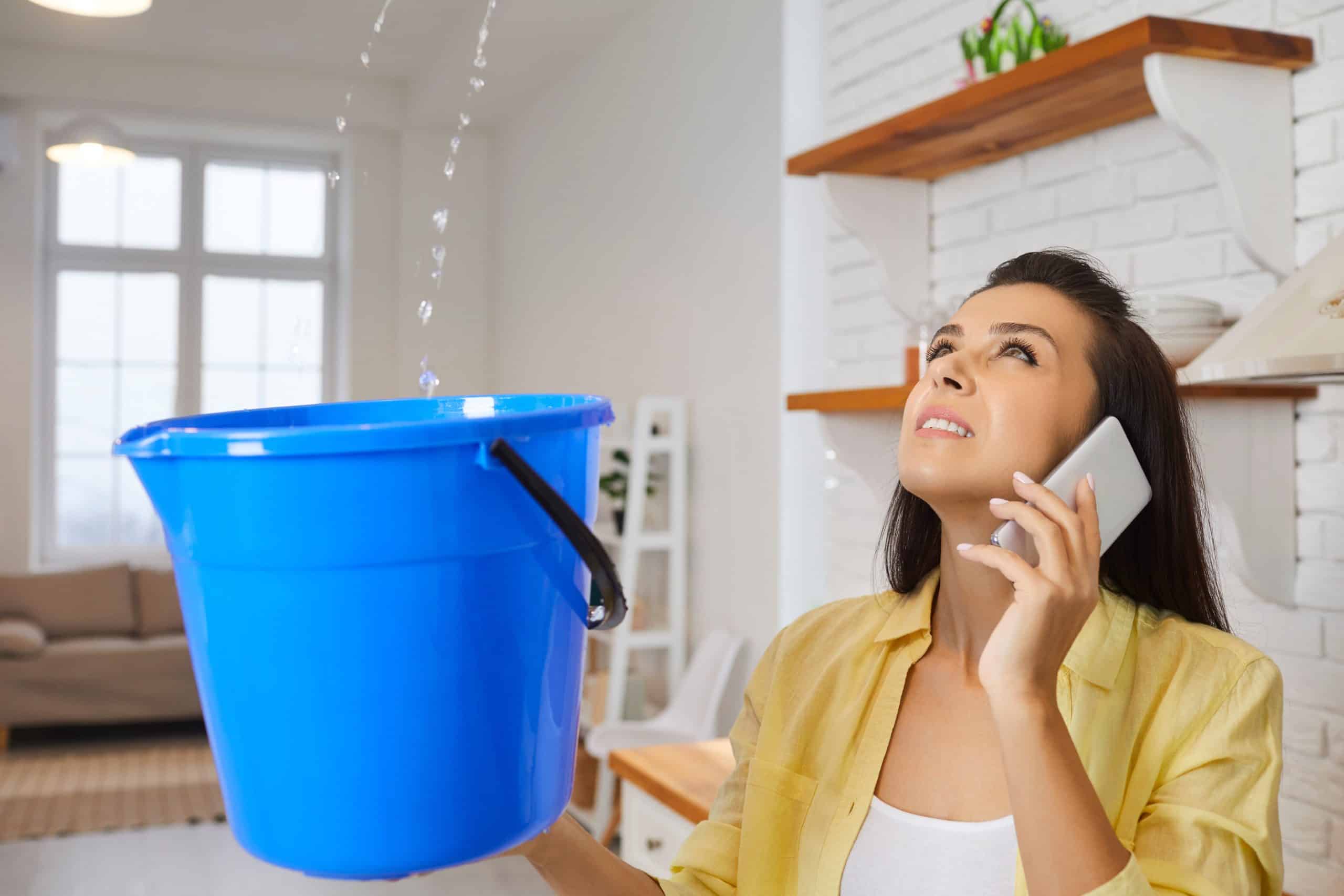Fact: Properly restored floors and furniture recover up to 90% of their original beauty and…

A Complete Guide to Vapor Barriers in Colorado Homes
Moisture-related damage is one of the most common yet overlooked issues in many homes, and it can lead to devastating consequences like mold growth, weakened structures, and unhealthy indoor air quality. If you want to protect your home and enjoy a comfortable living space, installing vapor barriers is a smart and sustainable solution.
These critical components of moisture control and home insulation act as a safeguard, preventing water vapor from penetrating walls, floors, and ceilings. In this blog, we’ll explain the importance of vapor barriers, provide some practical selection tips, and highlight key considerations for proper installation.
What Are Vapor Barriers?
At its core, a vapor barrier is a material designed to prevent water vapor from passing through building surfaces, such as walls, floors, and roof assemblies. These barriers are usually made of plastic sheets, foil, or a specialized coating applied directly to building materials. In essence, vapor barriers act as a defense mechanism against condensation and excessive moisture that can damage your home’s structural integrity over time.
Why Are Vapor Barriers Essential for Your Home?
Vapor barriers play a key role in moisture control and home insulation. Here’s why every homeowner should prioritize their use:
- Moisture-Related Damage Prevention: Without proper moisture control, vapor generated from activities like cooking, showering, or drying clothes can infiltrate your walls and other building components, leading to mold and mildew growth. Over time, this can weaken building materials like drywall and wood while compromising air quality.
- Improving Energy Efficiency: By reducing moisture buildup inside walls and insulation, vapor barriers help regulate indoor temperatures by maintaining the effectiveness of insulation. This leads to energy savings and a more comfortable home environment.
- Protecting Your Investment: For homeowners, a well-protected property means fewer repairs, healthier conditions, and increased longevity of materials such as fiberglass or cellulose insulation.
How to Choose the Right Vapor Barrier for Your Home
Selecting the correct vapor barrier depends on a variety of factors, such as your home’s location, design, and exposure to moisture. Here are some key considerations when choosing the right product:
Understand Your Home’s Climate
The climate in your region plays a significant role when choosing vapor barriers. Homes in humid climates are exposed to higher levels of moisture, so robust vapor barriers are necessary to prevent water vapor from infiltrating insulation and structural surfaces. On the other hand, homes in colder climates require barriers that minimize condensation during winter months.
Types of Vapor Barrier Materials
There are several types of vapor barrier materials available, each suited to specific applications:
- Plastic Sheeting (Polyethylene): Widely used due to its affordability and effectiveness, polyethylene vapor barriers are suitable for preventing moisture buildup in walls, floors, and ceilings.
- Foil-Faced Barriers: These vapor barriers combine moisture control with radiant heat insulation, making them ideal for attics or basements that require both temperature and moisture regulation.
- Paint-Based Vapor Retarders: Specially formulated paints can serve as vapor barriers in areas like bathrooms, laundry rooms, or basements to prevent excess moisture penetration.
Consider Perm Ratings
Perm rating refers to a material’s ability to resist moisture vapor transmission. The lower the perm rating, the more effectively the vapor barrier blocks humidity. Before purchasing, check the perm rating to make sure that your chosen barrier meets the needs of your home’s environment.
Location-Specific Needs
Different areas of your home, such as basement walls & floors, crawlspaces, and attics, may require varying types of vapor barriers. For example, crawlspaces often demand heavy-duty barriers due to their proximity to soil and water sources, while attic vapor barriers may focus on minimizing heat escape.
Tips for Proper Installation of Vapor Barriers
While choosing the right vapor barrier is important, proper installation is equally vital to ensuring its effectiveness. A poorly installed vapor barrier can lead to gaps, air leaks, and moisture infiltration.
1. Assess Your Home
Start by inspecting moisture-prone areas of your home, such as crawlspaces, basements, bathrooms, and attics, to identify the extent of the issue. Conduct moisture testing or consult a professional to understand where vapor barriers are most necessary.
2. Prepare Surfaces
Clean and dry all installation surfaces thoroughly before applying the vapor barrier. Remove any existing mold, dust, or debris to ensure the barrier adheres properly.
3. Seal All Gaps and Edges
One of the biggest mistakes homeowners make is neglecting the seams and edges of vapor barriers. Seal all cuts and joints with appropriate tape or adhesive to prevent moisture from bypassing the barrier.
4. Avoid Overlapping Layers
When installing vapor barriers, avoid overlapping layers too much, as this can create uneven surfaces that trap moisture instead of preventing it. Lay the material evenly and securely.
5. Consult a Professional
Improper installation can reduce vapor barrier efficiency and cause condensation buildup. We recommend working with certified professionals, such as Property Craft, who specialize in identifying moisture-related issues and implementing durable solutions like vapor barriers.
Maintaining Moisture Control in Your Home
While vapor barriers are a large part of preventing moisture-related damage, additional steps can enhance their effectiveness:
- Use a Dehumidifier: Keep indoor humidity levels under control, especially in moisture-prone areas like basements and bathrooms.
- Inspect Gutters and Downspouts: Check that water flows away from your home’s foundation to prevent pooling near walls or crawl spaces.
- Schedule Annual Inspections: Have professionals assess your home for potential leaks, condensation, or wear and tear on existing vapor barriers.
FAQs About Vapor Barriers for Colorado Homes
How long do vapor barriers typically last in homes in Colorado?
When installed correctly in Colorado’s climate conditions, high-quality vapor barriers can last upwards of 20 to 30 years. Longevity depends on factors such as material quality, exposure to UV light, and wear and tear. Regular inspections can help ensure they continue performing well over time.
How does Colorado’s climate affect the need for vapor barriers?
Colorado’s climate is unique due to its dry air, cold winters, and sudden weather changes. These factors can create conditions for hidden condensation or moisture infiltration, especially in poorly insulated spaces. Vapor barriers prevent moisture issues and reduce thermal transfer, making energy-efficient homes more effective.
What type of vapor barrier is best for Colorado’s climate?
Polyethylene sheets, typically 6 mil or thicker, are the most common vapor barrier material for Colorado’s climate. They offer excellent moisture resistance and durability, making them suitable for areas that frequently experience changing humidity levels, such as basements and crawl spaces.
Do Colorado homes need vapor barriers in crawlspaces?
Yes, crawlspaces in Colorado often benefit from vapor barriers due to the potential for moisture accumulation from nearby snowmelt or groundwater. A sealed vapor barrier helps reduce the risk of mold growth, improves indoor air quality, and can lower energy costs in homes by improving insulation efficiency.
Where are vapor barriers typically used in a home?
Vapor barriers are commonly installed in areas prone to moisture buildup, such as basements, crawlspaces, and exterior walls. In Colorado, they are especially important in basements with higher groundwater tables or areas with significant snowmelt. Proper installation ensures insulation remains effective, minimizing water-related damage.
Contact the Best Biohazard Cleanup Company For Your Colorado Property
Installing vapor barriers is one of the most effective ways to protect your home against moisture-related damage, while also improving energy efficiency and indoor air quality. By selecting the right materials and ensuring proper installation, you can provide long-term protection for your property. Whether you’re renovating your home or addressing moisture issues, consult trusted restoration specialists like Property Craft for expert advice and installation services.
Remember, proactive measures can save you time, money, and effort in the long run. Don’t let moisture compromise the comfort or durability of your home—invest in quality vapor barriers and preserve your property for years to come.



